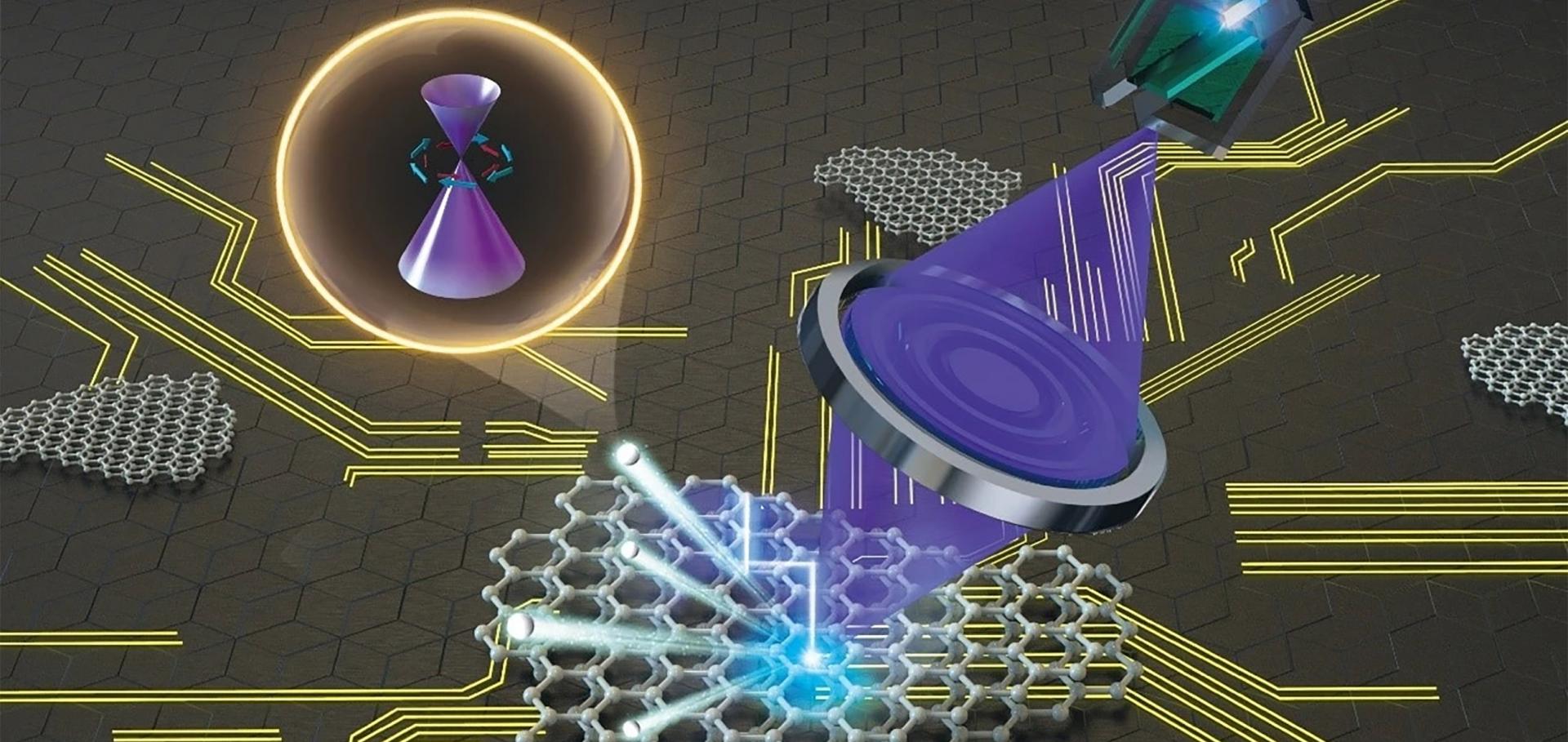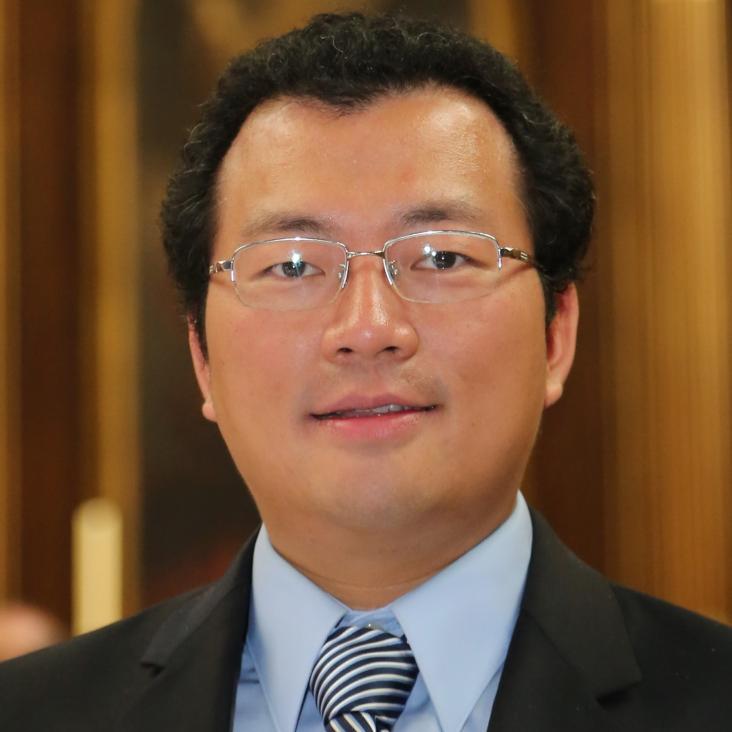Correction: Corrigendum: Selectively enhanced photocurrent generation in twisted bilayer graphene with van Hove singularity
Nature Communications Springer Nature 7:1 (2016) 12378
Tuning Chemical Potential Difference across Alternately Doped Graphene p–n Junctions for High-Efficiency Photodetection
Nano Letters American Chemical Society (ACS) 16:7 (2016) 4094-4101
Dramatically decreased magnetoresistance in non-stoichiometric WTe2 crystals
Scientific Reports Springer Nature 6:1 (2016) 26903
Photonic topological insulator with broken time-reversal symmetry
Proceedings of the National Academy of Sciences of the United States of America Proceedings of the National Academy of Sciences 113:18 (2016) 4924-4928
Electronic Structure, Surface Doping, and Optical Response in Epitaxial WSe2 Thin Films
Nano Letters American Chemical Society (ACS) 16:4 (2016) 2485-2491


